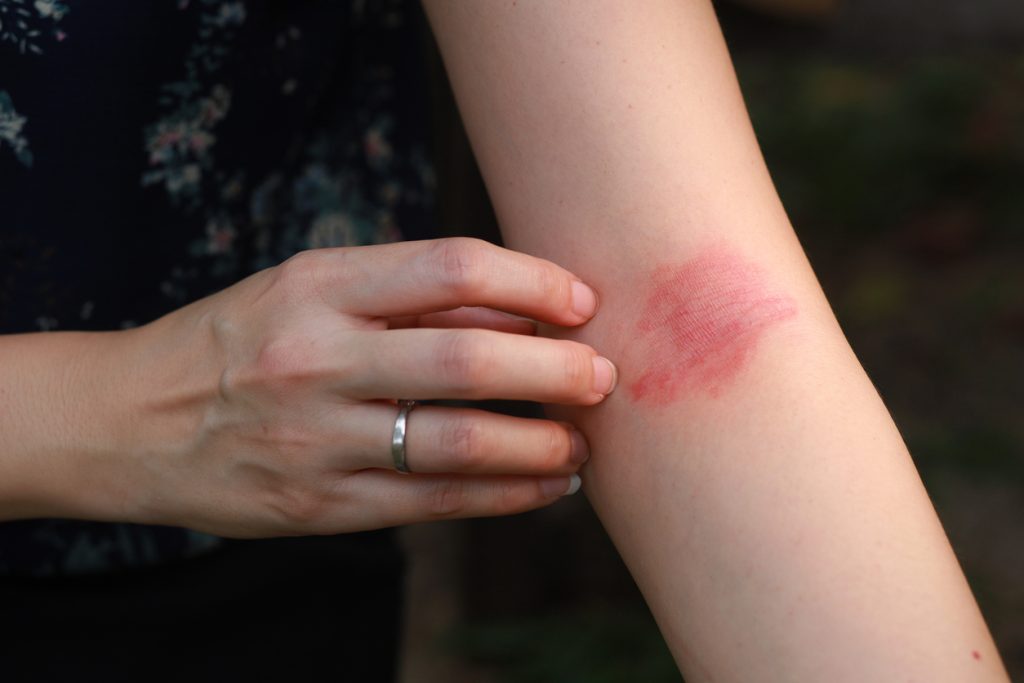Roflumilast cream 0.15% (Zoryve, Arcutis) improved atopic dermatitis (AD) across multiple efficacy endpoints while demonstrating favorable safety and tolerability, according to results from two pivotal Phase 3 studies (INTEGUMENT-1 and INTEGUMENT-2) in JAMA Dermatology.
Roflumilast cream 0.15%, a once-daily, steroid-free treatment, was approved in July 2024 by the U.S. Food and Drug Administration (FDA) for the topical treatment of mild to moderate AD in adult and pediatric patients 6 years of age and older.
In the studies, roflumilast cream resulted in significant improvements across multiple efficacy endpoints, including achieving a statistically significant improvement in the primary efficacy endpoint of Investigator Global Assessment (IGA) Success at Week 4, as well as statistically significant improvements in key secondary endpoints, including itch and a reduction in Eczema Area and Severity Index score. Across both studies, approximately 31% of children and adults treated with roflumilast cream achieved the primary efficacy endpoint of IGA Success at Week 4 compared to 14% for vehicle, with significant improvement as early as Week 1.
“These compelling results reinforce the strong efficacy and safety profile of ZORYVE and its ability to provide rapid and significant itch relief,” says study author Eric Simpson, MD, MCR, Professor of Dermatology at Oregon Health & Science University in Portland, OR, in a news release. “Skin barrier is another key consideration for the treatment of AD, and these data further demonstrate that ZORYVE may be relied upon to deliver results without concerns for further disrupting the skin barrier.”
INTEGUMENT-1 and INTEGUMENT-2 (The INterventional Trial EvaluatinG roflUMilast cream for the treatmENt of aTopic dermatitis) were two identical Phase 3, parallel group, double-blind, vehicle-controlled trials evaluating the safety and efficacy of roflumilast cream 0.15% or vehicle applied once-daily for four weeks to 1,337 adults and children 6 years of age and older with mild to moderate AD.
As previously reported, both INTEGUMENT-1 and -2 studies met their primary endpoint of IGA Success, defined as a validated Investigator Global Assessment – Atopic Dermatitis (vIGA-AD) score of Clear or Almost Clear plus a 2-grade improvement from baseline at Week 4 (INTEGUMENT-1: 32.0% roflumilast cream vs. 15.2% vehicle; INTEGUMENT-2: 28.9% roflumilast cream vs. 12.0% vehicle). Other key findings included:
- Rapid improvement in itch was observed in individuals treated with roflumilast cream within 24 hours of the first application, as measured by the change from baseline in daily Worst Itch-Numeric Rating Scale (WI-NRS) scores and compared with vehicle.
- Over 30% of individuals treated with roflumilast cream in each study achieved WI-NRS Success at Week 4 compared to vehicle (INTEGUMENT-1: 33.6% vs 20.7%; INTEGUMENT-2: 30.2% vs 12.4%), with significant improvements seen as early as Week 1. WI-NRS Success is defined as achievement of at least a 4-point reduction on the WI-NRS 0-10 scale (in individuals ages 12 and older who had a baseline WI-NRS score of ≥ 4).
- More than 40% of children and adults treated with ZORYVE cream achieved a 75% reduction in Eczema Area and Severity Index (EASI-75) score at Week 4 compared to vehicle (INTEGUMENT-1: 43.2% vs. 22.0%; INTEGUMENT-2: 42.0% vs. 19.7%). Significant improvements based on EASI-75 were observed with roflumilast cream compared to vehicle as early as Week 1 in both studies.
- Roflumilast cream 0.15% was safe and well tolerated. The incidence of Treatment Emergent Adverse Events (TEAEs) was low in both active treatment and vehicle arms.
- At each time point, investigators noted 95% of roflumilast -treated patients had no signs of irritation at the application site. More than 90% of roflumilast -treated patients self-reported no sensation or mild sensation at the application site.


